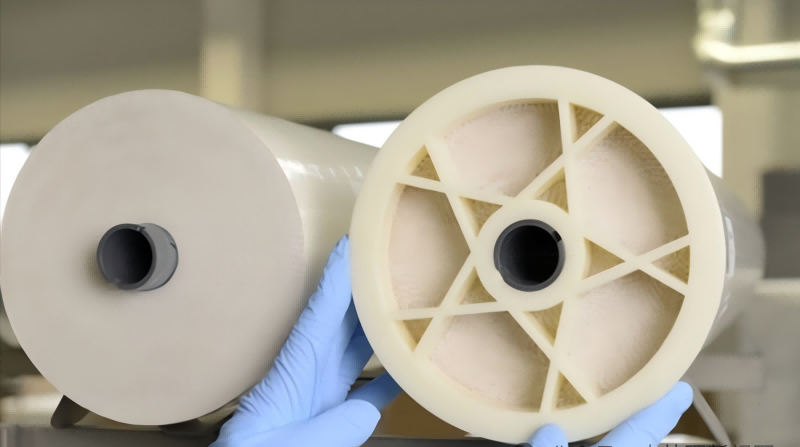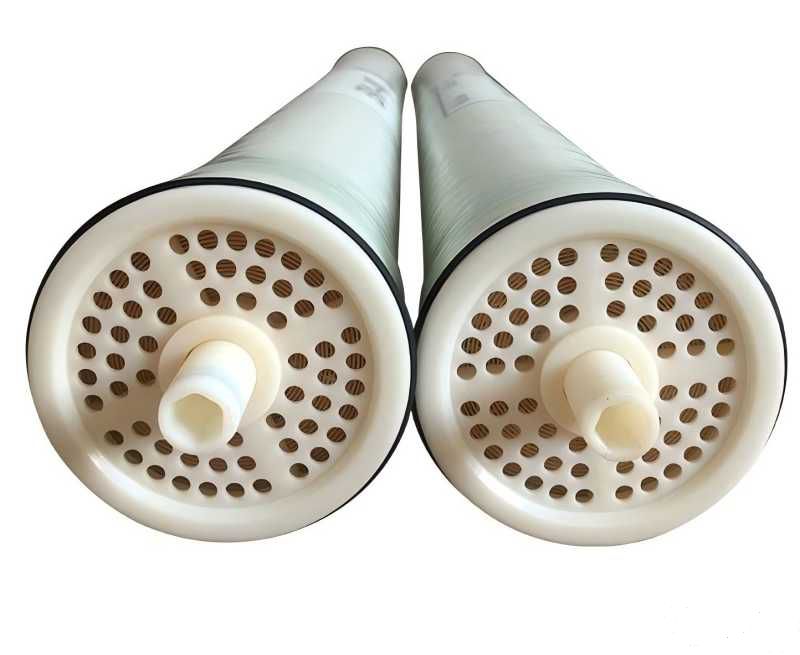Consultation hotline:
(+86)0532-88988868
(+86)0532-88988868

Reverse osmosis membrane is the core component for achieving reverse osmosis, which is an artificial semi permeable membrane with certain characteristics made by simulating biological semi permeable membranes. Generally made of polymer materials. Such as cellulose acetate film, aromatic polyhydrazide film, and aromatic polyamide film. The diameter of surface micropores is generally between 0.5 and 10 nm, and the size of permeability is related to the chemical structure of the membrane itself. Some polymer materials have good repulsion to salt, but their water penetration rate is not good. Some polymer materials have a chemical structure with more hydrophilic groups, resulting in a relatively fast water permeation rate. Therefore, a satisfactory reverse osmosis membrane should have an appropriate permeation rate or desalination rate.
Method steps:
1. Pump clean, chlorine free reverse osmosis product water from the cleaning tank (or corresponding water source) into the pressure vessel and discharge for a few minutes.
2. Prepare cleaning solution in the cleaning box with clean product water.
3. Cycle the cleaning solution in the pressure vessel for 1 hour or a pre-set time.
4. After cleaning, drain the cleaning box and rinse it, then fill the cleaning box with clean product water for the next step of rinsing.
5. Pump clean, free chlorine free product water from the cleaning tank (or corresponding water source) into the pressure vessel and discharge for a few minutes.
6. After washing the reverse osmosis system, run the reverse osmosis system with the product water discharge valve open until the product water is clean and free of foam or cleaning agent (usually 15~30 minutes).

Attention: Some polymer materials have good repulsion to salt, but their water penetration rate is not good. Some polymer materials have a chemical structure with more hydrophilic groups, resulting in a relatively fast water permeation rate. Therefore, a satisfactory reverse osmosis membrane should have an appropriate permeation rate or desalination rate.


